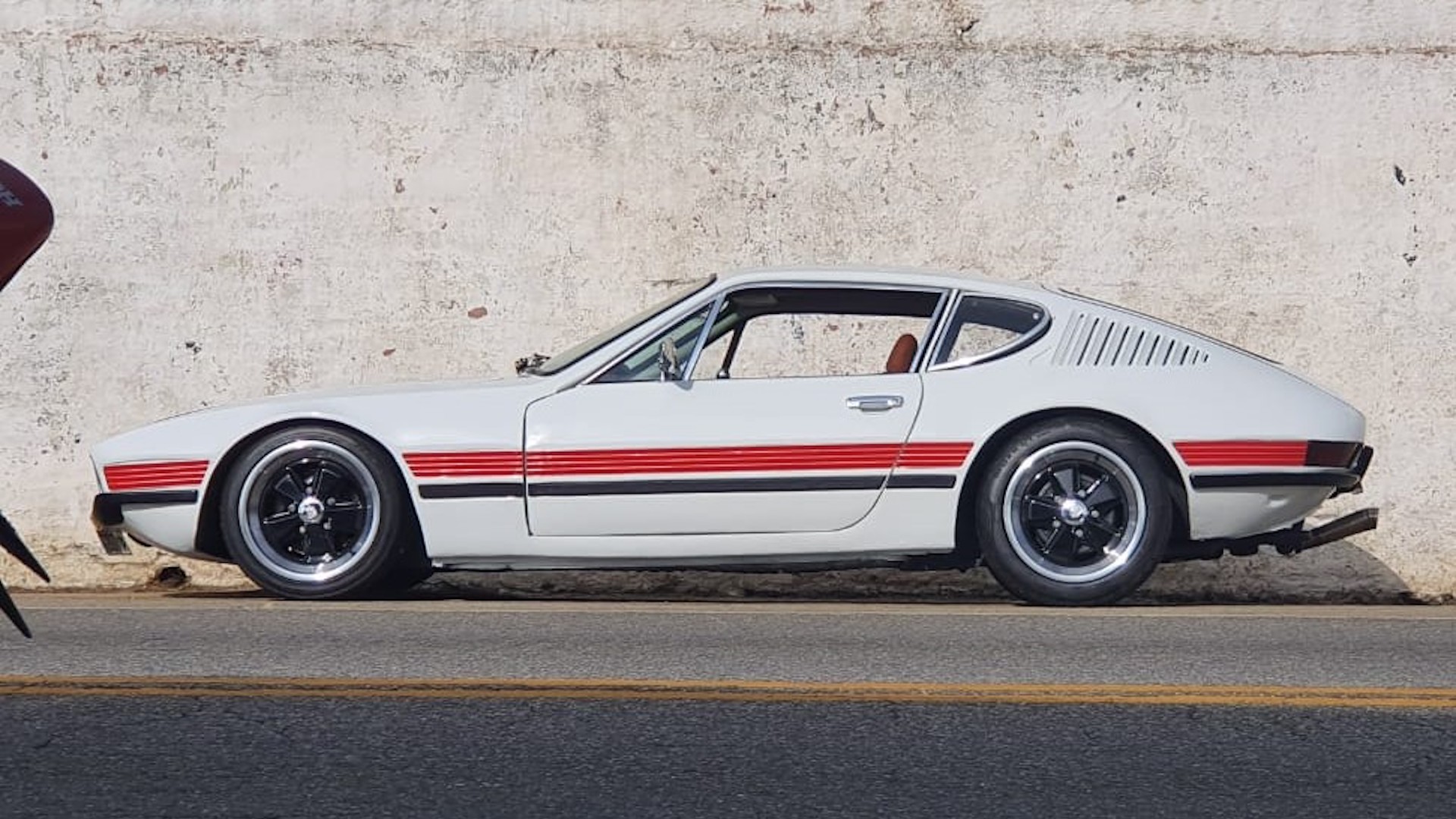

Volkswagen is known today more for hot hatchbacks than it is sports cars, but that doesn’t mean it never dabbled in the market way back when. Some know of the Karmann Ghia, and others, of VW’s involvement in the Porsche 914, but relatively few are aware of the sports car built independently by Volkswagen Brazil in the 1970s. It was called the SP2, and it was a gorgeous, molasses-slow flop.

1973 Volkswagen SP2
, vwbusesnbugs.com
1973 Volkswagen SP2
, vwbusesnbugs.comThe SP2’s roots date back to 1969 when Volkswagen Brazil launched “Project X,” a program to adapt the Type 3 sedan’s chassis for use in a sports car. By 1971, a prototype was complete, and its styling drew in well-deserved praise. Leering headlights and generous venting gave the SP2 the means to take on anything in a beauty contest, and its swept, 45.6-inch roofline didn’t belie its slender curb weight of 1,962 pounds. Lightweights by any metric, SP2s unfortunately shared a shrimpy powertrain with the Type 4; their 1.7-liter, air-cooled flat-fours produced just 75 horsepower and 94 pound-feet of torque.

As a result, SP2s took a whole 16 seconds to haul themselves from a standstill to 60 and topped out at barely 100 miles per hour. Deservingly, Brazilians joked that rather than being shorthand for São Paulo, the “SP” in SP2 stood for sem potência—Portuguese for “without power.” The same was likely said for the SP2’s sibling model the SP1, whose 1.6-liter engine was smaller and less powerful still.

In the end, the SP2 failed to make waves, and production for the model totaled somewhere between 10,205 and 11,123 (documentation is poor). Only a few hundred examples were originally exported, making these Volkswagens even rarer outside Brazil than they are within. If you’re like some of us and have a hankering for all things VW (Very Weird), a vehicle importer has a carefully restored 1973 SP2 available for sale to Americans and promises that for as little as $28,100—about the cost of a brand-new Golf GTI—you can have it brought stateside and titled in your name.

A GTI may be faster, but the SP2 is infinitely cooler, and there are ways to address its slowness anyway. The choice between keeping things period-correct with a 1.8-liter, 99-horsepower air-cooled swap (known then as an “SP3” build) or taking the restomod route with a turbo Subaru boxer swap is yours.
Got a tip? Send us a note: tips@thedrive.com